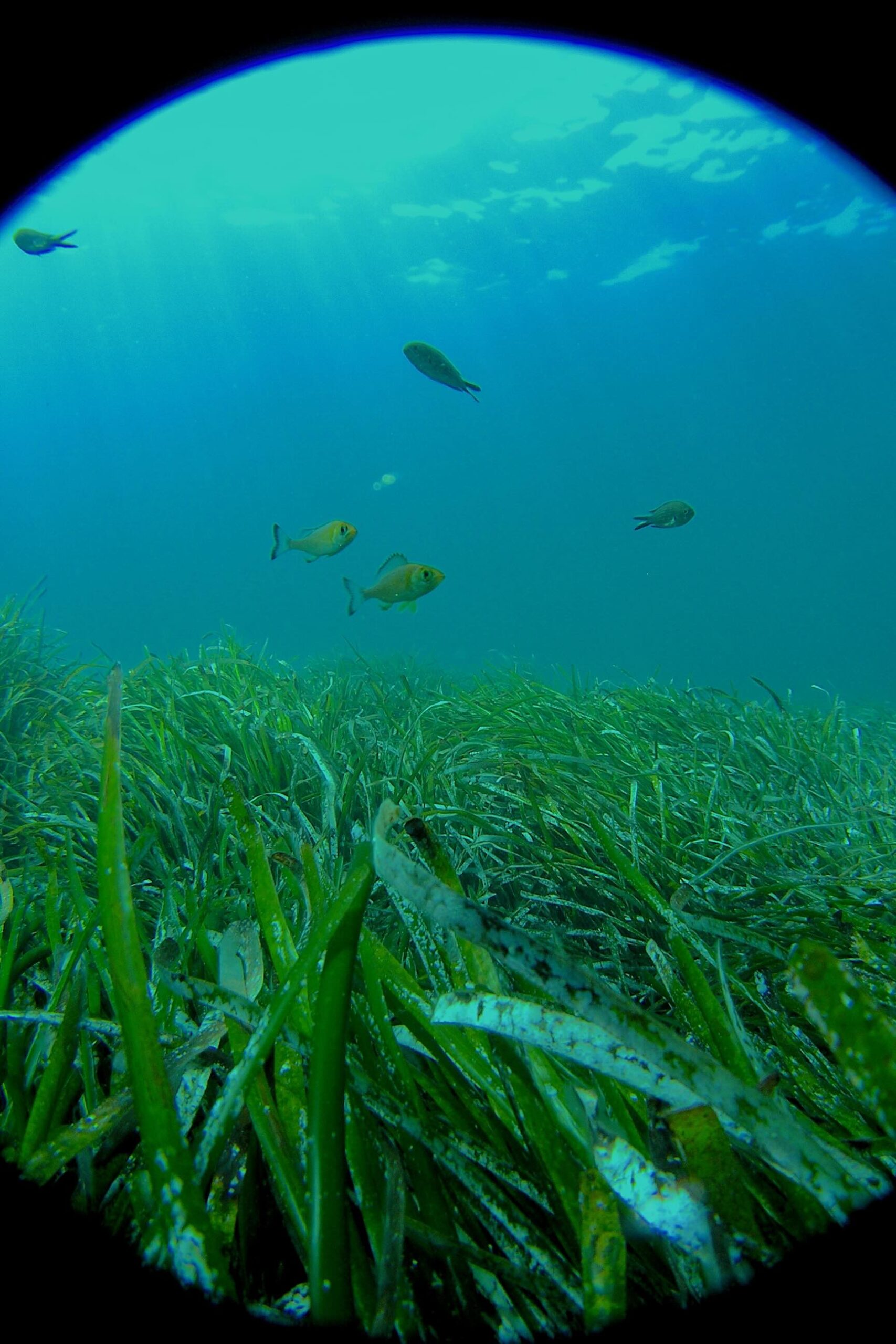Abstract
Seagrass meadows are experiencing a worldwide decline, driven by human activities and natural disturbances. The degradation of these meadows raises significant concerns regarding the loss of essential ecosystem services. Posidonia oceanica, a Mediterranean endemic seagrass, plays a crucial role in coastal ecosystems, contributing to biodiversity, carbon storage, water purification, and shoreline protection.
This study reports the outcomes of a six-year transplantation experiment aimed at restoring small damaged patches in a Posidonia oceanica meadow in the southwestern Tyrrhenian Sea, within the Egadi Marine Protected Area (MPA). The damage, likely caused by boat anchoring, was addressed using seedlings grown in the laboratory from beach-cast seeds.
The experiment evaluated the survival and growth of seedlings planted at three different densities in two sites. After six years, the intermediate planting density (100 seedlings/m²) yielded the highest survival rate (76.9%), while the lowest density (40 seedlings/m²) resulted in the lowest survival rate (5.1%). Seedlings showed significantly different growth rates and biomass accumulation in the two sites, likely due to variability in sediment accumulation, seabed slope and hydrodynamic conditions.
This research highlights the potential of seed-based techniques for restoring seagrass meadows, emphasizing that long-term monitoring and careful selection of transplant sites are essential for the success of such restoration efforts.










